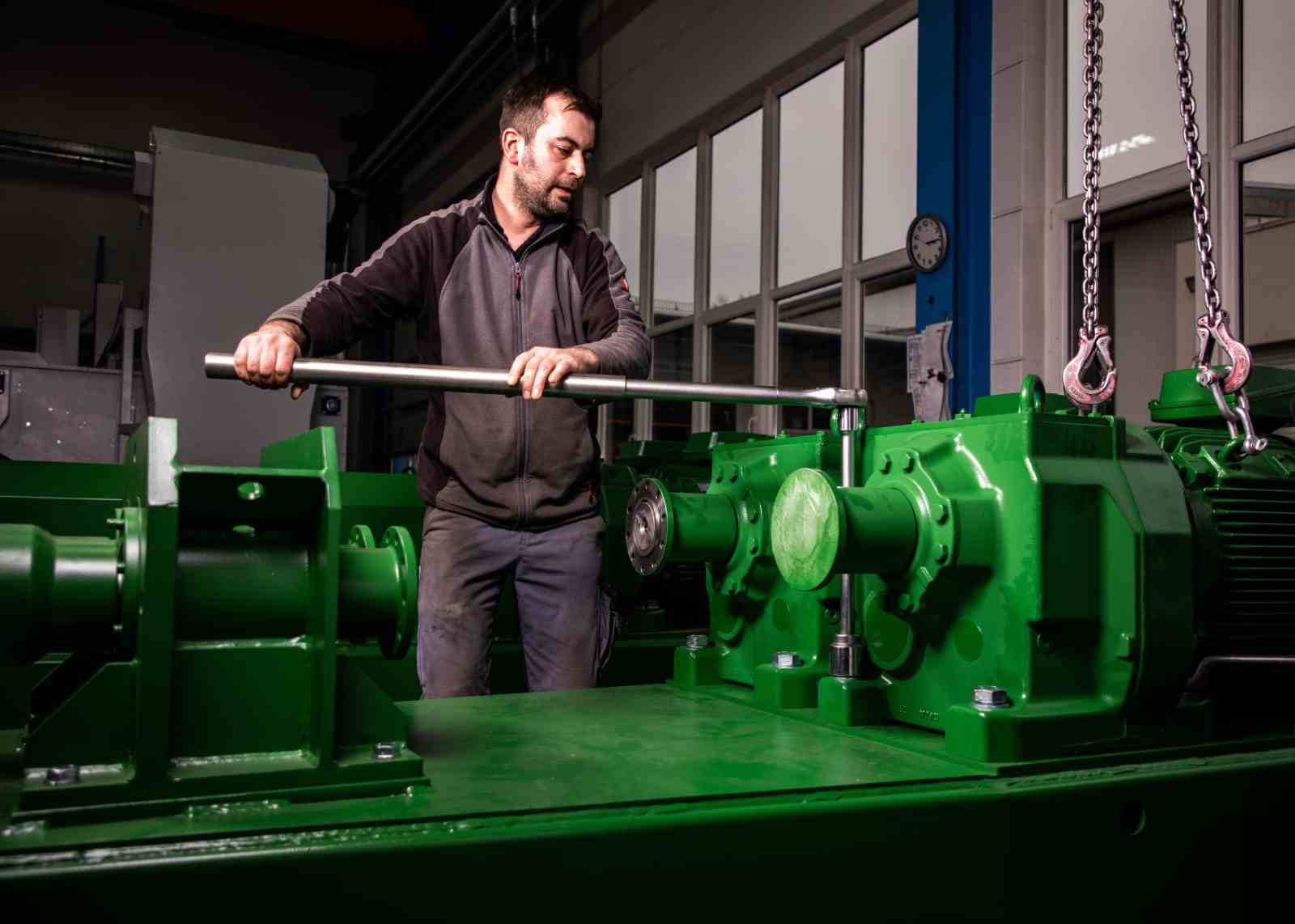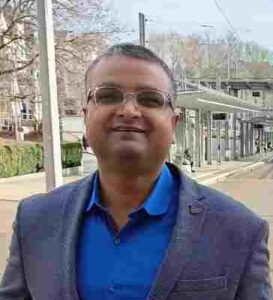



Indian policymakers are bullish on harnessing biogas for increased clean energy production and attaining INDC targets. The burning of paddy straw, also known as ‘parali’, poses environmental challenges, often throwing northern India breathless. The novel bioextrusion technology has emerged as a solution that accelerates the biogas generation process to unprecedented levels. This innovative approach proves to be a significant advantage for India, aiding both environmental preservation and the nation’s progress toward achieving reductions in fossil fuel consumption.
The bioextrusion process by LEHMANN stands at the forefront of addressing the challenges posed by materials rich in lignin, such as rice straw, known for their resistance to breakdown in biogas plants. As the world grapples with the imperative need for sustainable energy solutions in the face of climate change, the utilization of agricultural residues assumes critical importance. LEHMANN-UMT positions itself as a key player in this arena, offering a comprehensive solution for optimizing, realigning, or constructing biogas plants to harness the potential of challenging substrates effectively.
At the heart of this innovation is the bioextrusion process, a method deeply rooted in hydrothermal digestion. This process involves a steam explosion mechanism, imparting a transformative effect on the biological feedstock by partially defibrating it down to the cellular structure. The repercussions of this process are manifold, significantly increasing the surface area of the substrate. This expansion, in turn, brings about accelerated hydrolysis, an improvement in the degree of digestion, and a reduction in the retention time required in the fermenter.
One of the primary challenges faced by operators in biogas plants, especially when dealing with materials like rice straw, lies in their inherent resistance to decomposition. The bioextrusion process, as advanced by LEHMANN, addresses this challenge by breaking down the structural components of the substrate, rendering it more amenable to microbial action in the anaerobic digestion process.
A notable advantage highlighted by LEHMANN-UMT is the increased gas yield and enhanced cost efficiency afforded by the bioextrusion process. By subjecting the biological feedstock to hydrothermal digestion and steam explosion, the resulting extruded material exhibits improved water absorption capacity. This property, in turn, prevents the formation of floating layers within the fermenter, optimizing the distribution of the fermentation substrate within the working volume. The consequence is not only an improvement in the efficiency of the digestion process but also considerable savings in stirring energy, translating into reduced operational costs for plant operators.
The modularity of the bioextrusion system designed by LEHMANN-UMT adds another layer of flexibility and practicality. The counter-rotating screws within the system are modular, enabling individual replacement in case of wear. This design feature contributes to the system’s longevity and ease of maintenance. LEHMANN-UMT offers a range of bioextruders tailored to different applications, from laboratory extruders designed for research purposes to larger-scale extruders with a capacity of 110 kW. This flexibility ensures that the technology can be adapted to varying plant sizes and processing requirements.
In addition to the bioextruder, LEHMANN-UMT provides feeding technology as part of its comprehensive solution. The inclusion of a dosing system upstream of the extruder ensures homogenization of the substrate and a continuous flow of material. Moreover, the integration of a detector belt helps in the removal of metal parts and a significant proportion of stones from the feedstock. This attention to detail in the overall process contributes to the efficiency and reliability of the bioextrusion system.
The impact of LEHMANN-UMT’s bioextrusion technology is not confined to a singular geographical domain. The company boasts a global footprint, with more than 200 extruders already in operation worldwide. This includes several projects in India, where the utilization of rice straw and other residual materials in the biogas sector has been a focal point. The international outreach is facilitated through collaborations with sales partners such as Rika Biotech, ensuring that projects receive individual on-site support tailored to their specific requirements.
The company’s involvement in diverse projects worldwide underscores its commitment to being at the forefront of the global transition towards sustainable energy practices. The projects in India, a country facing its unique set of challenges and opportunities in the realm of agriculture and renewable energy, exemplify the adaptability and applicability of LEHMANN-UMT’s bioextrusion technology in varied contexts.
LEHMANN-UMT’s commitment to providing comprehensive support is evident throughout the project lifecycle. The company positions itself as more than a technology provider, emphasizing its role as a collaborative partner. From the initial conceptualization and idea generation phase to the planning, development, commissioning, and subsequent service, LEHMANN-UMT is actively engaged. The provision of international sales partners, such as Rika Biotech, adds an additional layer of tailored support, ensuring that the technology is seamlessly integrated into diverse projects with diverse needs.
In conclusion, LEHMANN-UMT’s bioextrusion process represents a significant advancement in the field of biogas production, particularly in dealing with challenging substrates like rice straw. The technology’s ability to enhance gas yield, improve cost efficiency, and facilitate the use of a wide range of substrates underscores its potential contribution to the global shift towards sustainable energy practices. As the world grapples with the dual challenge of meeting energy needs and mitigating environmental impact, innovations like the bioextrusion process by LEHMANN offer a glimpse into a future where renewable energy is harnessed efficiently and sustainably from diverse sources.
(The author is an expert on bio-CNG)
1. The mandate for blending Compressed Biogas (CBG) with natural gas has come into effect…
Andhra Pradesh is striving towards greening its energy sector with quite some speed. In a…
With an objective to bolster India’s green energy goals, a Tripartite Agreement has been signed…
The Union MNRE Minister Pralhad Joshi launched the Green Hydrogen Certification Scheme of India (GHCI)…
India’s energy conglomerate Bharat Petroleum Corporation Limited (BPCL) has commissioned a 5MW green hydrogen plant…
In a historical development, the European Space Agency (ESA) has successfully launched its pioneering ‘Biomass’…